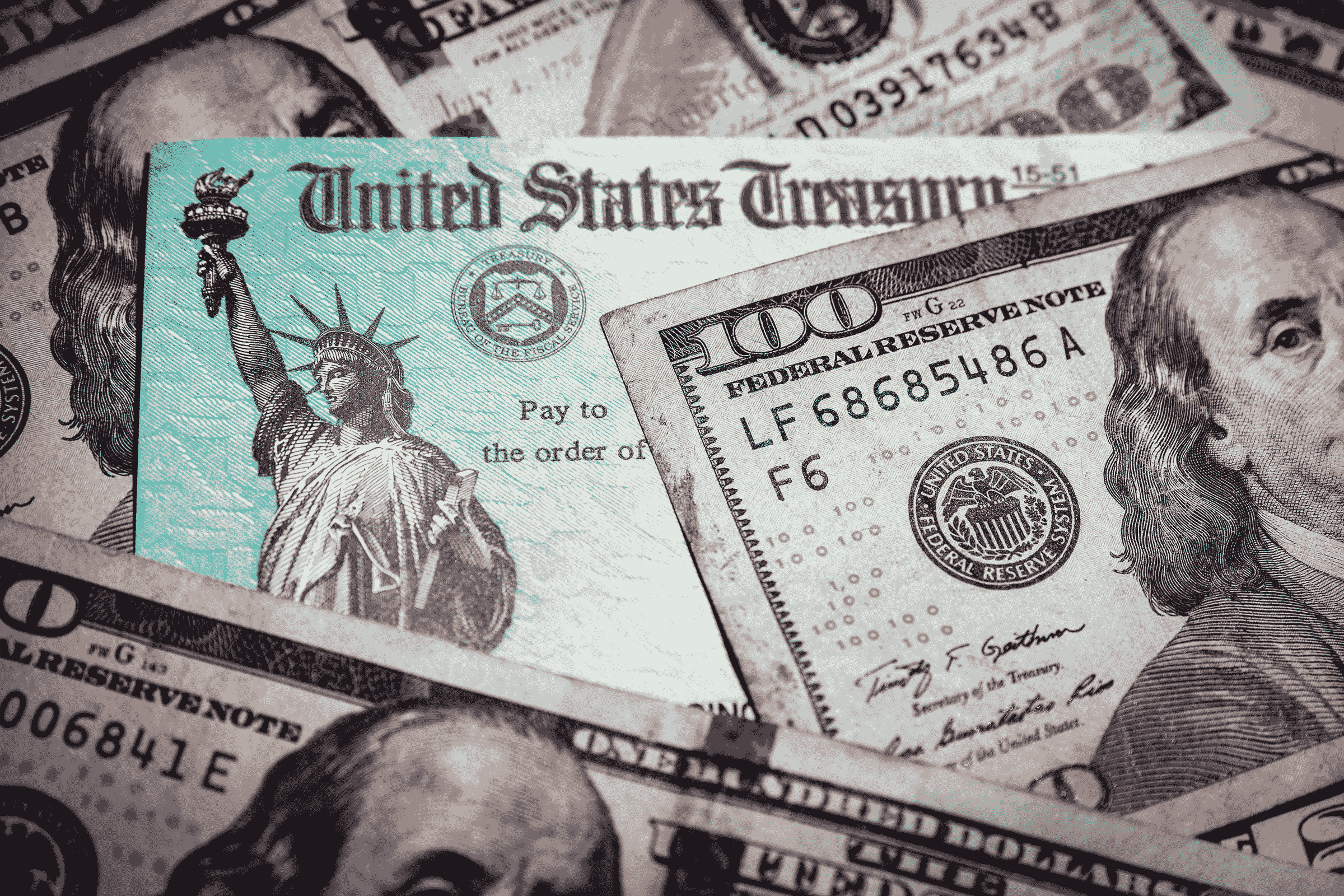The $2.2 trillion Coronavirus Aid, Relief, and Economic Security Act (CARES Act) signed into law on March 27th of this year made changes to current net operating losses, allowing current losses to be applied to previous year’s taxes. For example, if in 2019 you had more losses than gains you may be able to apply the losses to previous tax years and “recapture taxes paid at higher tax rates in prior years.”
While this is good news, the opportunity to take advantage of these potential tax savings is time sensitive, so if you feel you qualify, you’ll want to act sooner than later.
To be clear, I’m not a tax professional and the following is not advice or fact. Please consult your Certified Public Accountant (CPA) to determine if
you could benefit from the CARES Act changes to the Tax Cuts and Jobs Act (TCJA) of 2017.
Below is a more detailed explanation from the CARES Act press release…
“The recently passed CARES Act repealed provisions of The Tax Cuts and Jobs Act (TCJA) of 2017 that eliminated the ability to carryback Net Operating Losses (NOLs) and also limited the use of an NOL carryforward to 80% of taxable income. This important change now allows for NOLs incurred in tax years 2018, 2019 and 2020 to be carried back 5 years allowing for tax refund claims.
Owners of real estate often have tax losses from their properties created in part from depreciation deductions. While these tax losses were only able to be used to offset income in the future under prior law, they may now be able to be converted into much needed cash in the form of refunds of taxes paid in prior years.
Planning is the key to maximizing the value of using your NOL’s. Each dollar of NOL carryback can provide a wide range of tax savings depending on your tax rate during past years. In certain cases, you may be able to recapture taxes paid at higher tax rates in prior years while in other cases your NOL’s may be more valuable in the future. Careful planning can help you “arbitrage” the value of your NOL and use it wisely.
As far as timing of potential refunds, the IRS has procedures for filing quick refund claims as opposed to filing amended tax returns which usually take longer to process. Typically, a taxpayer only has 12 months after the end of the year to file a quick refund claim. For NOL’s arising in tax years beginning in 2018 and ending before July 1, 2019, the IRS has granted a six-month extension to file a quick refund claim application on Form 1139 or Form 1045. Therefore, a calendar year taxpayer with a 2018 NOL has only until June 30, 2020, to file a quick refund claim.
Be careful to fully evaluate your best option to use your NOL’s before you file your 2019 tax return. If you chose to pass on your NOL carryback and instead use your NOL in the future, for NOLs that have occurred in 2018 or 2019, the time for which to make an election to waive the carryback is by the due date for filing the taxpayer’s return for the first taxable year ending after the date of the enactment of the Act (March 27, 2020). The election must be made on that return. For example, an election to waive a calendar year 2018 or 2019 NOL carryback will be made on the 2020 return.”

